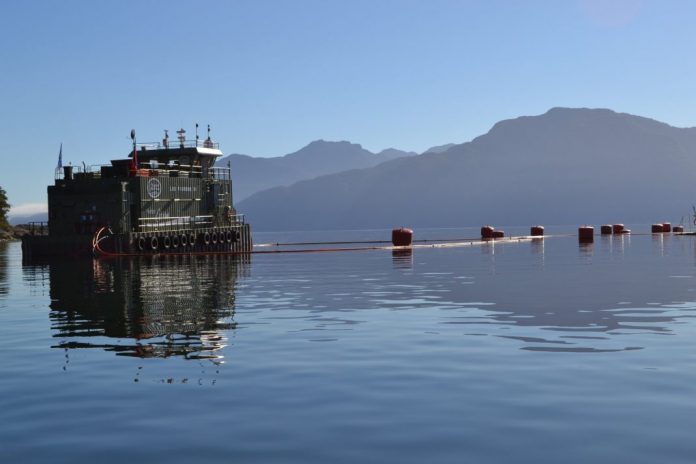Ecology professor Gladys Asencio Guzman has been researching sea lice in Chile for the past 15 years.
She works in the i-Mar Centre at Los Lagos University in Puerto Montt. She told Salmon Business that “due to a lack of drug rotation” the parasite was able to easily distribute its larvae.
We reported last month that sea lice levels in Chile had reached their highest level in six years.
Data collected by us from a SpareBank1 Markets report showed there were 13 sea lice per fish in Chilean salmon stock in the July just gone. That was up on 11 in June and 10 in May.
Speaking to Salmon Business about why this was the case, Ms Guzman said: “What is happening now is the result of the triggering of low anti-parasitic sensitivity, due to a lack of drug rotation, added to high productive biomass in areas connected by currents, through which the parasite easily disseminates its larvae.”
She added: “This has occurred several times in the history of salmon farming in Chile, with health emergencies due to this parasite.”
“I have been able to analyze directly 2, occurred in 2007 and 2012, linked to increases in biomass of fish in culture and low in efficacy of the pharmacological treatments in use.”
“For 2007 by use for 5 to 6 years of only emamectin benzoate. In 2012, due to the use of pyrethroids alone, and at the moment due to a decrease in the efficacy of azametifos, a drug that has been used since 2013.”

